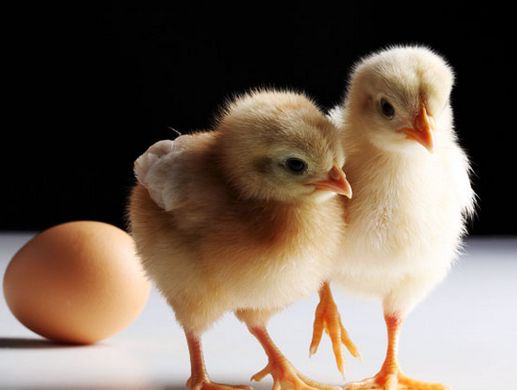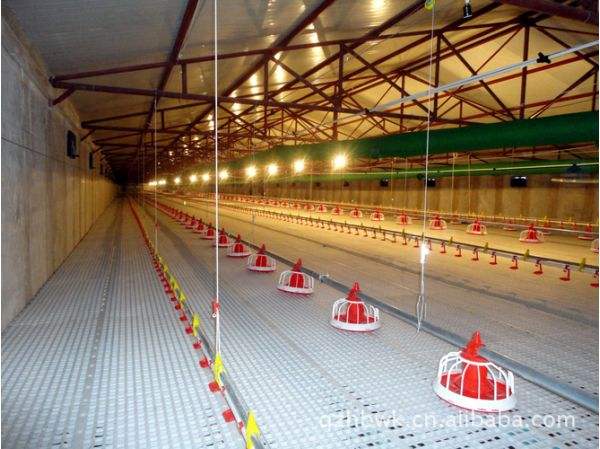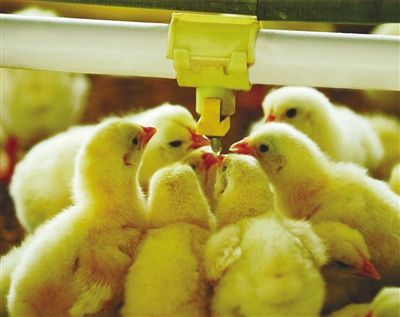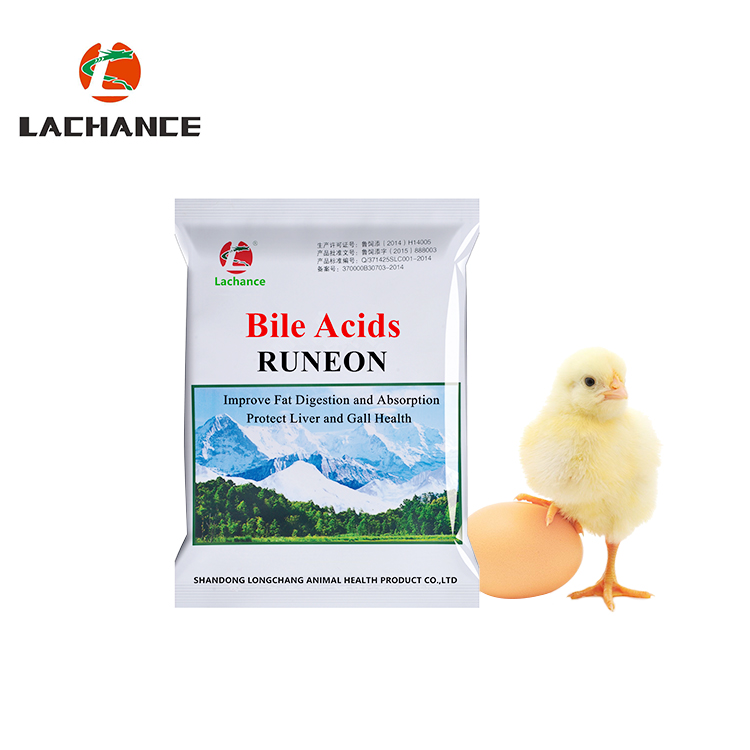Bile Acid Reduces Broiler Farming Costs And Feed-to-Meat Ratio

It is well known that the ratio of feed to meat is crucial in broiler breeding process. The feed cost accounts for about 70% of the broiler breeding. Therefore, the ratio of feed to meat is directly related to the production cost and company operating efficiency. How to reduce the cost of broiler breeding and the ratio of meat to meat in the actual production process?
In the current breeding environment, broilers show better production performance by taking some more reasonable measures, thus the broiler feed ratio will be lower and the breeding cost can be reduced.
1. The choice of chicks
Select the strong chicks. The uniformity and growth of the chicks are important to broiler growth performance at the later stage. The excellentness of the early chicks is closely related to the feed to meat ratio of the broiler breeding process, which will affect the breeding efficiency of the broilers.

2. Strengthen the disinfection of chicken houses and equipment
According to the date of receiving the chicks, the washing, cleaning, disinfection and emptying are arranged reasonably for houses preparation and to ensure enough empty time. Thoroughly clean and disinfect the inside and outside of the brooding house one week before the chicks.

3. Strengthen the control of environment
The environment has a great impact on the growth of broilers. By strengthening feeding management, reducing stress consumption and preventing disease, the flocks grow in a comfortable environment, so that the flocks are always in the best condition.
① Temperature: The appropriate temperature is the key to improve the survival rate of chicks, and is related to the healthy growth of broilers. The temperature of the house in the first week should controlled at 35-33 °C, and then drop 2-3 °C every week until it drops to about 20 ° C;
② Illumination: Generally, the chicks are exposed to light 24 hours a day from 0 to 5 days after entering the house, and then gradually shortened to 20 hours until they are released. In the light intensity, weak light is taken from the 5th day, and proper light restriction during the growing season is beneficial to the development of internal organs in the dark in the flock, preventing the late death (sudden death) from being too high.
③ Humidity: Maintain relatively high humidity in the first period (1~2 weeks), and maintain relatively low humidity after 3 weeks of age until the final culture time. The reference standard is: 1~2 weeks, the relative humidity can be controlled at 70%~65%, and later time at 55%. ~60%, the minimum is not less than 40%.
④ Ventilation: The broiler needs good ventilation throughout the feeding cycle, especially during the late feeding period.
4. Strengthen drinking water management
Feed must be guaranteed not to be contaminated by E. coli and other pathogenic microorganisms.

5. Pay attention to the health status of the flock and effective means of disease prevention
Chickens can only fully exert their strong digestion and feed conversion ability in a healthy state. Therefore, in broiler production, we must pay full and close attention to the health and disease prevention work.
6. Choices of feed and green feed additives
The feed accounts for about 70% of the cost of broiler breeding. The choice of feed is directly related to the economic of broiler feeding benefits. The core quetion is to choose feed with the lowest cost.
Broiler farming has a short cycle, when using full-price feed throughout the whole process, the utilization rate of feed for broilers is limited. Therefore, it is recommended to add an appropriate amount of green feed additive- bile acids to the feed to improve the fat utilization rate of the broiler by 15-30%, speed up the growth rate of broilers, shorten 2 days of culture time and reduce the feed to meat ratio of about 3%. In the late stage, duing to the high fat and high protein feed, the liver and gallbladder of broilers are very heavy, and will easy to occur hepatobiliary syndrome, resulting in casualties loss. The addition of bile acids in the feed can reduce the hepatobiliary burden of broilers, repair liver and gallbladder damage, improve the growth rate, significantly improve the slaughter performance, and reduce broiler breeding cost in all aspects.





